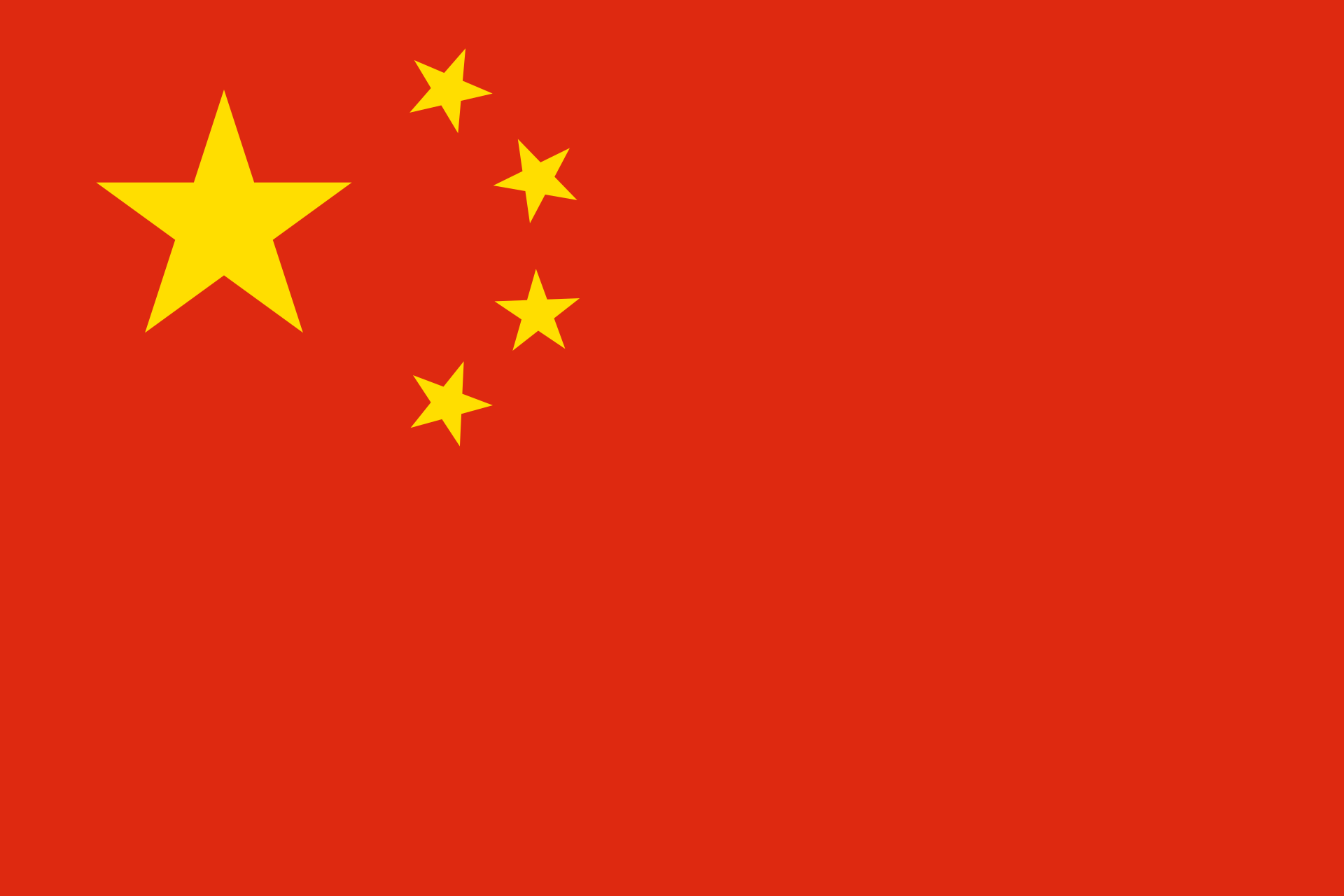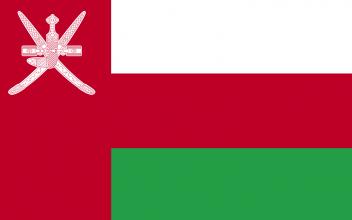“The Age of Silk" Exhibition in Spain
© National Museum of Ceramics and Sumptuary Arts "González Mar"“The Age of Silk" ("Los Tiempos de la Seda") exhibition is presented by the National Museum of Ceramics and Sumptuary Arts "González Mar", and the General Sub Directorate of State Museums of the Ministry of Education, Culture and Sports, in collaboration with the Institute of Valencia of Conservation, Restoration and Research. The textiles on display embody fusions of cultural influences and ideas, produced in various cities such as Venice, Geneva, and Lyon. The production of textiles played a crucial role along the European Silk Roads.
This exhibition displays one hundred objects that illustrate European silk production between the end of the 17th century and the beginning of the 19th centuries. It is comprised of fabrics and articles of clothing, including: doublets, chasubles, dalmatics or mantles, curtains and draperies, accessories, and documents.
Diverse origins of the textiles are highlighted in this exhibition; how the patterns were influenced in Europe by different regions. The history of textile and fabric development in main European cities is reflected by these textiles of the Silk Roads. History influenced European silk productions by the merging of ‘Bizarre’ period fabrics and the ‘Dentelle’ style, reflecting French monarchical preference and oriental impulses. Contextually, items emblematic of the oriental appealed to European cliental and this facilitated a linkage of ideas represented by the textiles displayed.
“The Age of Silk" exhibition depicts the strong rivalry between the two major European cities considered to be reference points of silk production in Europe: Valencia and Lyon. Rivalry outlived monarchy. The exhibition thus reveals how fabric designs became diversified. Evidence of this includes historicist and fantastic revivals. The Gothic, Ottoman or Arab, Renaissance, Persian, Oriental, Chinese or Japanese, Baroque, natural or Rococo motifs were prevalent throughout most of the 19th century until the arrival of Modernism, responding once again to fashion trends.
The exhibition also focuses on three major silk products of this period, such as 'Basquiñas', which were a type of skirt worn by all women in public spaces. Most of these were constructed with Valencian fabrics. One can easily recognise Basquiñas due to their variety of fabric and the austerity of the dark colour used. (At this time, black was a symbol of respect and tradition). In addition, the ‘Damasco Palm’ created in Genova was inspired by vegetation and symmetry.
Open to the public from 24 November 2017 to 19 March 2018, this exhibition is a unique opportunity to experience the detailed European textiles history of the Silk Roads.




